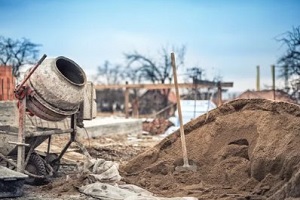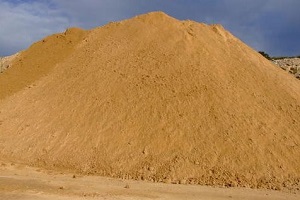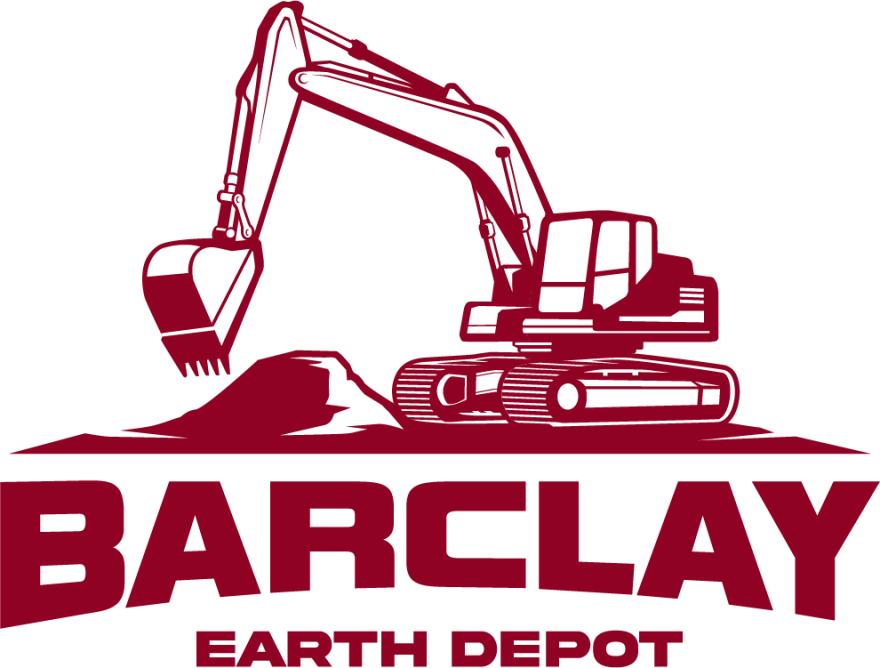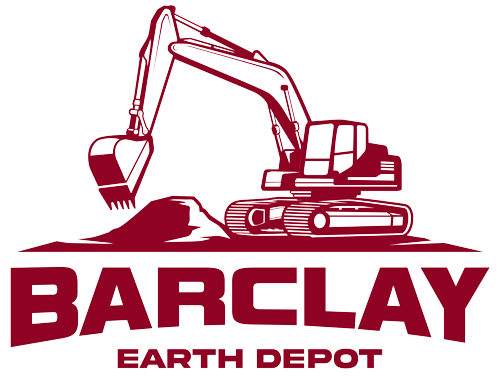 There are many different types of sand, each with its own unique set of properties that make it suitable for different types of construction projects. The size, color and specific physical properties of different types of sand aggregate can all lend different types of advantages and drawbacks to different types of construction projects.
There are many different types of sand, each with its own unique set of properties that make it suitable for different types of construction projects. The size, color and specific physical properties of different types of sand aggregate can all lend different types of advantages and drawbacks to different types of construction projects.
Having the right type of sand can be the difference between a job that goes smoothly and one that’s riddled with problems.
Why Sand is Important in Construction
One of the most important and most commonly used materials in construction can be found in a wide variety of materials ranging from concrete to mortar to plaster.
To ensure the success of a construction project the foundation must be solid. And that solid foundation starts with a strong base of concrete. Concrete is made up of three main ingredients: cement, water and sand.
Sand is the element that provides the necessary strength and stability to the concrete mixture. Without sand, the concrete would not be able to support the weight of what is being built on top of it. Different types of sand work to create a more tailored concrete quality that best matches the needs of the project.
Mortar is a type of cement used to attach bricks or stones together and also contains cement, water and sand. Unlike concrete, mortar does not require any gravel or crushed rocks; the sand provides all the necessary strength and durability for mortar.
Plaster is a type of finish that is often used on walls and ceilings that gives a smooth and finished look to a surface. Plaster is made up of four main ingredients: water, lime, sand and hair or other fibers. The sand provides the bulk of the material and helps to give the plaster mixture its strength and stability.
These products demonstrate that sand is an essential ingredient beneficial to many types of construction materials. However, due to the many different types of construction projects, there are also many different types of sands available for use. Each type of sand has its own specific properties that make it ideal for certain applications. When selecting sand for your next construction project, be sure to select the right type for the job.
5 Types of Sand Used in Construction
 Sand is classified by a variety of different characteristics such as size, color and even the source from which the sand is created. Each type offers a unique set of benefits that are ideally suited for specific types of projects.
Sand is classified by a variety of different characteristics such as size, color and even the source from which the sand is created. Each type offers a unique set of benefits that are ideally suited for specific types of projects.
Fine Sand
Fine sand is made up of small, individual particles that measure less than 2 millimeters in diameter. This type of sand is often used in construction projects, as it can be easily packed and molded to create the desired shape. Fine sand is also effective at filling small gaps and cracks, making it an ideal material for use in mortar and grout.
Additionally, fine sand has a high surface area-to-volume ratio, which allows it to absorb and hold a large amount of water. This type of sand, however, is not ideal for use in creating concrete. Concrete made with fine sand can lead to cracking and weathering and is not ideal for durability.
Coarse Sand
Coarse sand can be used as a base for a concrete slab, it can be added to mortar to create a stronger bond and it can also be used to fill in gaps between bricks or stones to create a solid foundation. Coarse sand is very commonly used as a surface layer on driveways and walkways to provide traction in wet weather.
Beach Sand
Beach sand is a type of sand that is typically used in construction projects that require a smooth texture and a high-quality finish. Being a naturally compacted material, it is known for its superior quality and its ability to withstand weather conditions. Beach sand is also known for its ability to resist erosion, which makes it a perfect choice for construction projects that are located near the water.
Pit Sand
Pit sand is found at the bottom of quarries and pits and offers great binding properties. It is often created through the use of a rock crushing machine, which also gives managers the freedom to choose between different sizes/makeups of the mixture. Due to the varieties available, pit sand is a great option for any number of different types of projects that may have unique needs.
Fill Sand
 Fill sand is a unique type of sand that is created to be used as a filler. It is also known as backfill sand and is used in construction projects to fill in gaps and level surfaces. It is usually a little bit coarser than other types of sand, and is less expensive than other types of sand, making it a popular choice for budget-minded builders.
Fill sand is a unique type of sand that is created to be used as a filler. It is also known as backfill sand and is used in construction projects to fill in gaps and level surfaces. It is usually a little bit coarser than other types of sand, and is less expensive than other types of sand, making it a popular choice for budget-minded builders.
The Right Sand for the Unique Demands of Your Project
It is important to remember that not all sands are created equally; therefore, be sure to select the right type of sand for the job. If you are unsure which type is best, consult with our team of experts at 941-933-4448.

